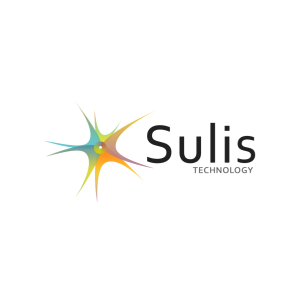Some time ago were talking with a customer’s representative, a veterinary surgeon whose job it was to handle storage of their workplace’s temperature monitoring records for the veterinary medicines. As is usual, legislation demanded keeping records of a wide variety of things, which generated a massive amount of paper over time. The problem had become where to store all the boxes containing the paper records, as there was no designated location at the veterinary surgery for this.
After we had installed our cloud based wireless temperature monitoring system in the workplace it reduced both the need to store such data in a paper based format, saving time, space and money on consumable likes paper and storage.
The medicine temperature record system generated a massive amount of paper over time.
This may not be a common problem or the most usual way of temperature record storage for veterinary practice. But it demonstrates nicely the amount of paper that even one veterinary practice may generate, not to mention the situation where a chain of veterinary practuces sends their records to HQ for storage and analysis.
It’s also telling of the fact that while there is much data that is collected through these kinds of manual record systems, it’s debatable how much of it is ever put to any good use, or if it just sits in a box somewhere, providing no new insights or benefits for the business?
How can electronic temperature safety records help?
As demonstrated by this story, the age of the paper record is fast approaching, it may still be the most usual way of doing things, while it’s inefficient, it’s also the one thing that is familiar to most people and is therefore an easy option.
Even if it seems relatively easy, it can also create a lot more work than taking up a new digital method ever would. The problems with how to keep records stored somewhere where they can be accessed when needed, to keep them legible to everyone, and the difficulties in getting this data into a form that can be analysed are all things that point to electronic records as the simpler and safer way for handling medicinal safety data.
Do your business temperature monitoring records just sit in a box, gathering dust, providing no new insights or benefits for the business?
And by electronic records I don’t just mean that tasks should be noted down on excel sheets instead of paper ones. I mean going electronic right from the start and through the medicine safety system. It takes care of the whole concern with people being unable to decipher each other’s handwriting and stores the records automatically without having to deal with boxes of papers or having to copy records from paper to excel by hand. It also provides an easy place for analyzing the data.
As an additional bonus for chain veterinary practices and other multi-location services it’s also easy to monitor all records from all premises through one central system. This also makes it possible to analyse their performance compared to each other, to copy best practices from one location to another and also to eliminate the unwanted ones when they are simple to identify.
3 The benefits of electronic medicinal safety records
So electronic recordkeeping is without doubt fast becoming the most popular , and it’s easy to see why. It’s not only safe, but also easy, comprehensive, analyzable and auditable. But how does this benefit a business in practice?
1. It’s simple to do and saves time
With electronic temperature recordkeeping, all monitored data goes straight to a central system for storage and analysis, in best case completely automatically, but even the more complex method works with only a few button presses.
This saves time and trouble both for the employees doing the tasks as well as for the management who monitor task performance.
2. Easy to manage and guide
When you are recording things with smart devices, it’s easy to provide guidance the other way as well, create workflows for monitoring tasks and set up alerts and corrective actions when needed. When the accumulated data can be easily analyzed, good practices will be easy to disseminate to all your practices. All this gives the potential for much easier medicine safety risk management and prevention.
3. It takes the work out of reporting
With centralised data gathering and storage you don’t have to deal with your branch locations one at a time. This means being able to compile data for easy analysis, compare different practices performance to each other, and gain insights into what works and what doesn’t.
You can give the local authority the right to view this data in your system – so no more having to drag up the relevant data for inspections. Various levels of access can be given to other stakeholders as well, and specific reports can be created at the press of a button.
All this makes handling compliance reporting much easier and faster, and makes it easy to share KPI reports inhouse as well.
4. There is less wastage or danger to patients
With a wireless temperature monitoring system there is a far reduced chance of wasted medicines in the case of a fridge failure or a power cut. You are alerted immediately via a variety of methods and know exactly how long any power cut occured, this is useful for yourself and any insurance claim that may persist.


